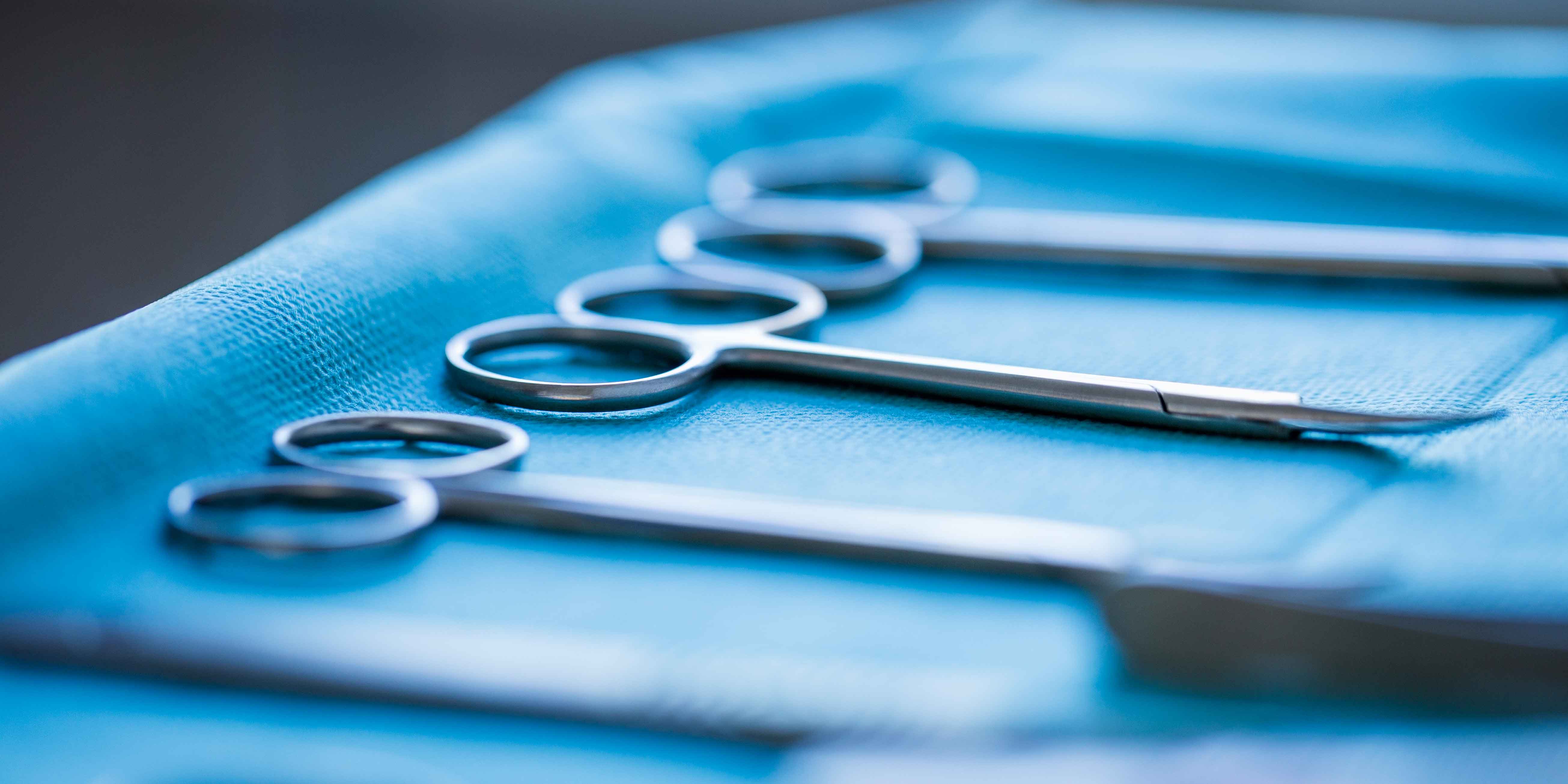I have been training wound care clinicians in sharp debridement for more than 16 years, yet questions and confusion still abound about this practice.
Many clinicians have either received no education or incorrect education regarding sharp debridement and its use in wound care.
This often leads to infrequent use of sharp debridement or worse, the inappropriate use of the practice. This is a skilled procedure and one should be properly trained before engaging in it.
My hope is to cut through the confusion and offer a solid explanation of this highly effective treatment for managing wounds.
Let’s define sharp debridement
Debridement is the removal of necrotic tissue, cellular waste, foreign material, biofilm and harmful exudate.
A clean, viable wound bed is integral to provide an optimal healing environment. And the fastest way to remove foreign material — especially necrotic tissue — is sharp debridement.
Sharp debridement involves the use of scalpels, scissors, sharp curettes and forceps to excise the necrosis from a wound bed.
The process comes in two forms, according to the National Center for Biotechnology Information.
- Surgical sharp debridement
- Conservative sharp debridement
Surgical sharp debridement procedure
Surgical sharp debridement is a procedure performed by a qualified clinician — physician, nurse practitioner or physician assistant — in which debridement is done into the viable tissue at the base or margins. These disciplines are allowed to “intentionally” remove viable tissue.
However, NPs and PAs are limited to subcutaneous level debridement. Only physicians are allowed to perform muscle and bone debridement.
Subcutaneous level debridement can be performed in a physician’s office, but muscle and bone debridement must be done in an inpatient or outpatient hospital or ambulatory surgical center, according to the Centers for Medicare & Medicaid Services.
This method of debridement is meant to be a one-and-done procedure and not recurrent, except in extenuating circumstances.
The purpose is to create a clean, bleeding wound base similar to an acute wound that shortens the inflammatory phase and quickly converts the wound to the proliferative phase.
This is the best option for wound debridement, as long as there are no contraindications and is in the best interest of the patient.
Conservative sharp debridement procedure
Conservative sharp debridement is a procedure in which the intention is only to remove the necrotic tissue, with minimal damage to viable tissue and minimal bleeding.
This method is meant for recurrent debridement, and can be performed in any setting by a physician, nurse practitioner, physician assistant, physical therapist or nurse.
However, nurses and physical therapists should check their state’s scope of practice before engaging in this procedure.
In my 25 years as a physical therapist, I have successfully debrided wounds in the long-term care setting and home care environment.
Possible contraindications include bleeding disorders, severe arterial disease and/or dry gangrene, stable heel ulcers, malignant wounds or unidentifiable structures.
The best practice for this method is to increase the frequency to more efficiently reduce the necrotic burden, as well as pairing it with enzymatic, chemical, mechanical and autolytic debridement methods.
When multiple forms of debridement are coupled with frequent sharp debridement, wounds generally can be cleaned up within two to three weeks, and healing times will be notably reduced.
The goal with necrotic wounds should be to remove the debris as soon as possible.
Debridement is best left to the pros
It is highly recommended that clinicians with little to no experience in tissue removal (non-surgeons) undergo a comprehensive training course.
This will teach when to effectively use the procedure, how to manage pain and bleeding, and how to perform the techniques in a lab setting.
Pain management can be done successfully using a variety of topical agents, such as lidocaine gels and benzocaine products, including Cetacaine and Hurricaine.
It is important to be sure to use products that are safe in wounds.
One example that comes to mind is EMLA, which is only approved for use on unbroken skin. However, many clinicians have chosen to inappropriately use it on open wounds.
One must also be prepared to manage any bleeding that occurs. Since the bleeding is generally minor with conservative sharp debridement, it can usually be managed with pressure for 5 minutes.
However, other products such as alginates, hemostatic agents and clotting powders can be helpful too.
Determine ability of wound to heal
Finally, clinicians should always ascertain the healing of the wound before employing aggressive treatments.
Sharp debridement is not required when the wounds are not healable, such as in palliative care and non-adherent patients.
The fundamentals to healing all wounds are a healthy patient and a healthy wound. Appropriately using sharp debridement will significantly improve your outcomes.
Take our Skin and Wound Management Course to learn more.
What do you think?

